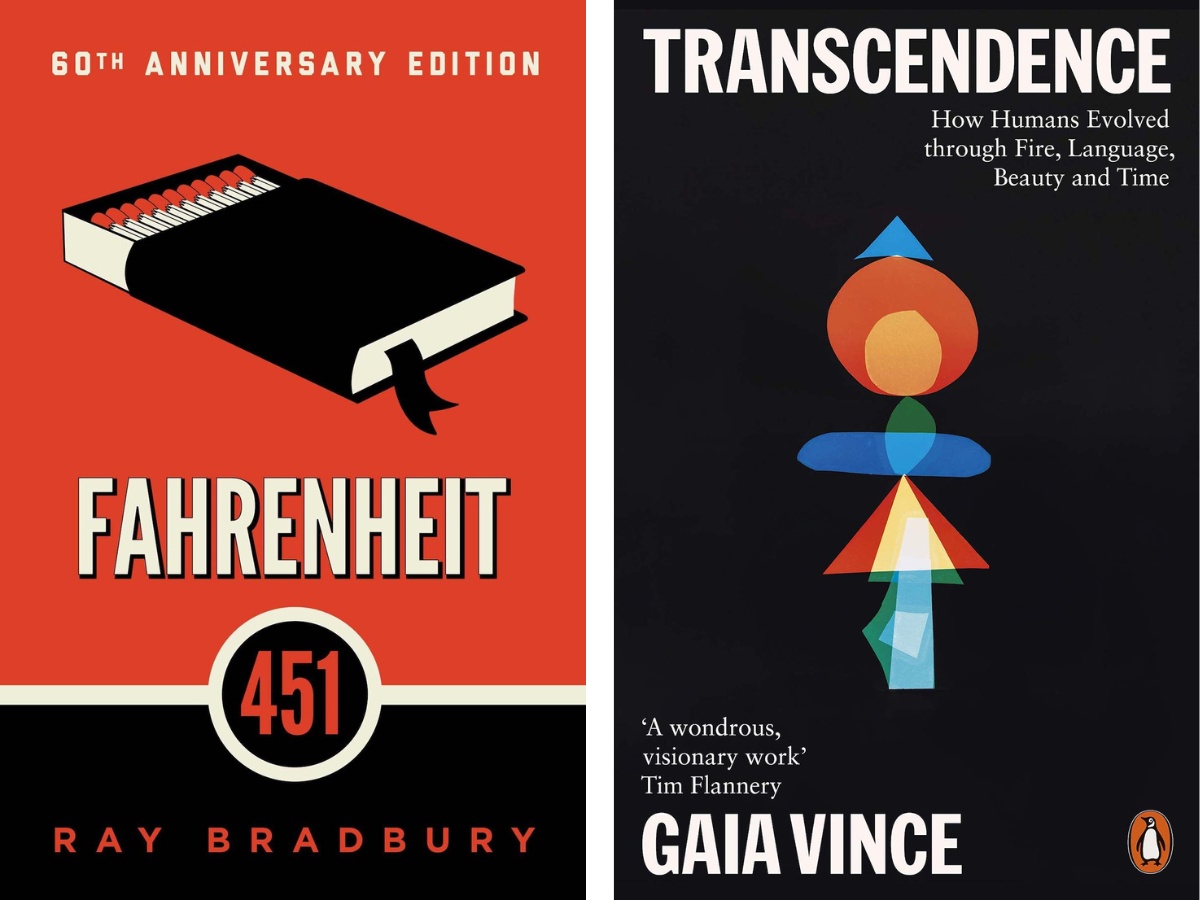
Few things are more comforting than curling up by a fire with a good book – and in a sense, all books make naturally good fireside tales. In some cases, though, the symbolic links between literature and fire become literal.
Fire and storytelling have been intimately linked for thousands of years, with campfires creating a new context in which culture could flourish. In fact, the very reason that we read today might well be a consequence of that age-old tradition.
From acclaimed anthropology books that spotlight the moment when man mastered fire, to best-selling how-to guides and non-fiction accounts of famous blazes, there’s a whole world of fire-fuelled books to explore. Here are seven of the most searing books about fire.
1 – The fire-making guide
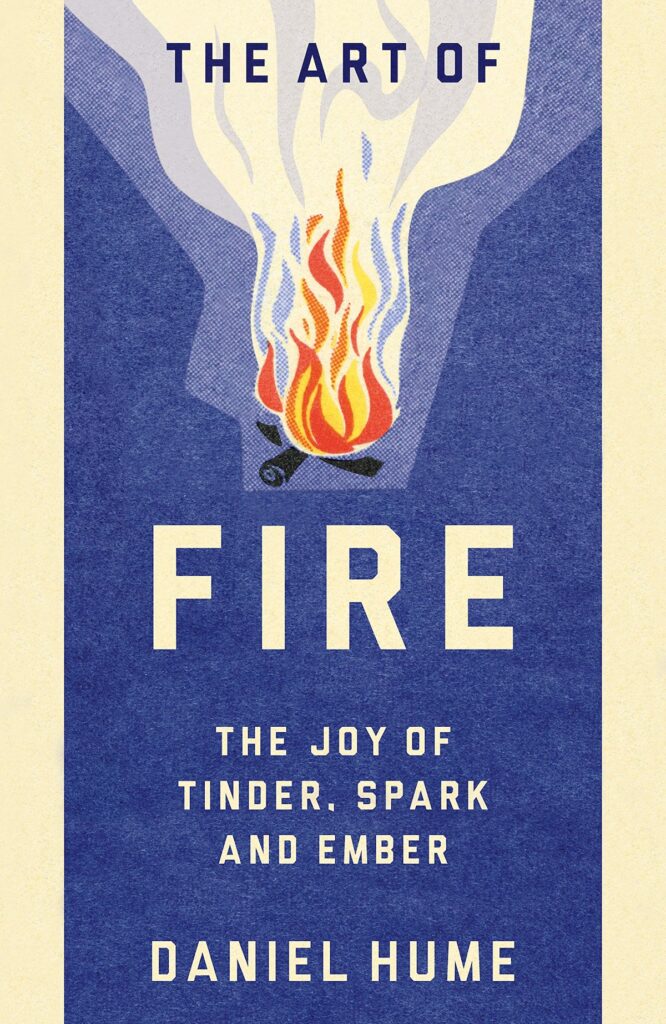
A former instructor at Ray Mears’ Woodlore School of Wilderness Bushcraft, Daniel Hume spent years travelling the globe learning first-hand how tribesmen build fires. The result is his beautifully written step-by-step fire-making guide The Art of Fire (2017), published by Penguin Random House. In it he covers remarkable native fire-making techniques from the fire plough to the bow drill, but also the wider topic of fire and how it shapes the world.
2 – The big picture
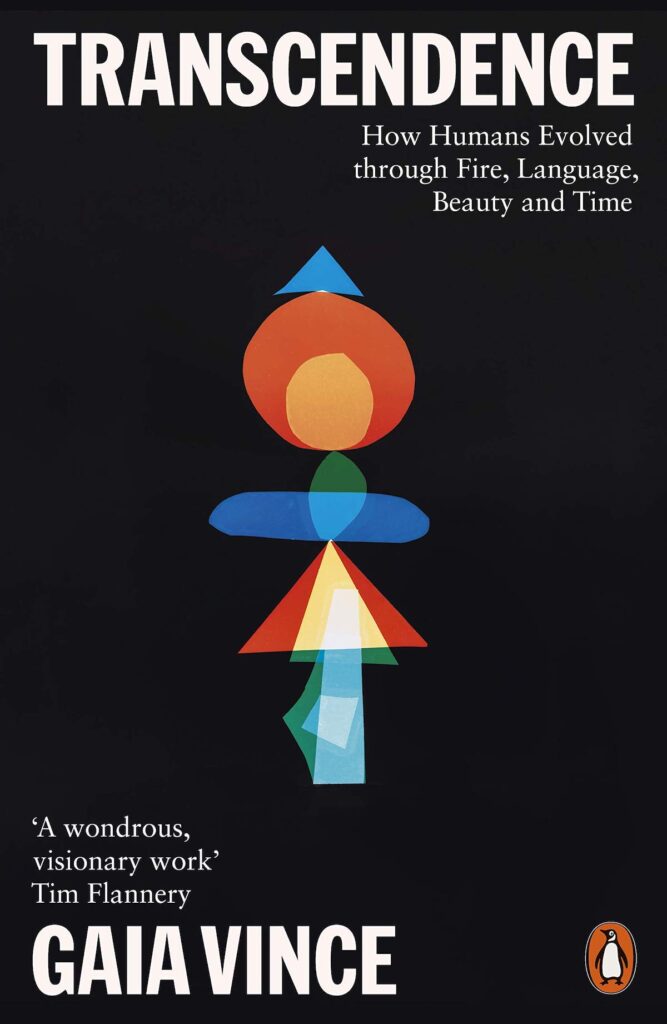
The first woman to win the Royal Society Science Book Prize, science journalist Gaia Vince’s Transcendence (2019) offers a sprint through the history of Homo sapiens, considering how genes, environment and culture have led us from stone tools to smartphones. The book is divided into sections on fire, language, beauty and time, and culminates in an investigation of the ways in which we might transcend limitations and find a new state of being in the future.
3 – The woodcutter’s bible
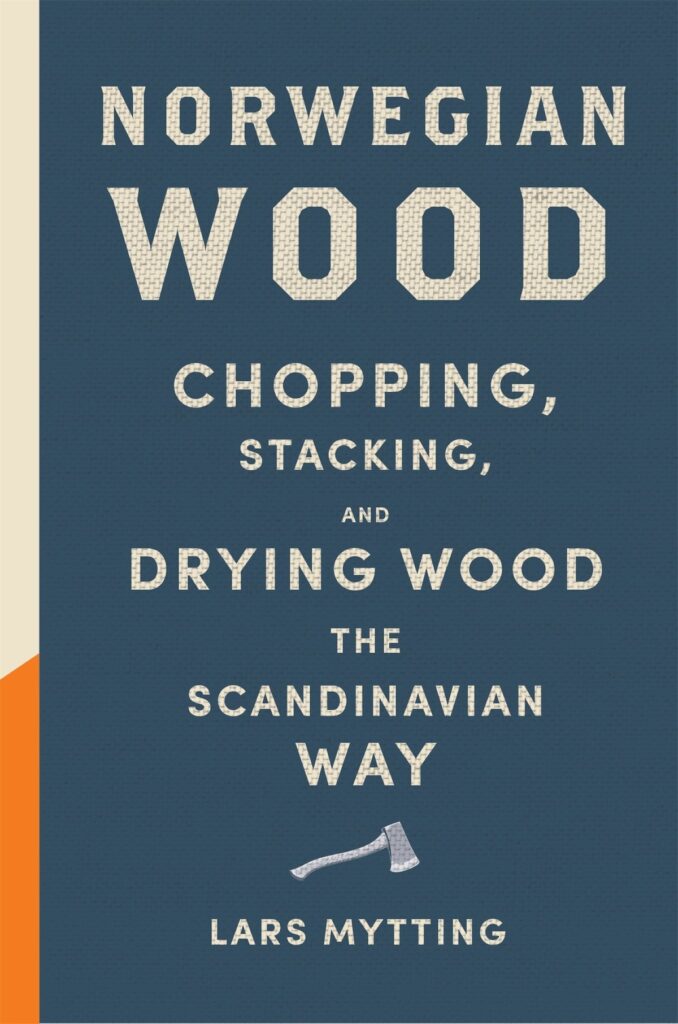
Journalist and author Lars Mytting’s Norwegian Wood: Chopping, Stacking, and Drying Wood the Scandinavian Way (2011) is an unlikely phenomenon, having sold over a million copies, and spawned a TV programme. A hybrid of a how-to guide and meditation on human survival, it distils the wisdom of growers, stackers and burners, and taps into the science of combustion. The subtext: learning about wood also means learning about life.
4 – The revolutionary thesis
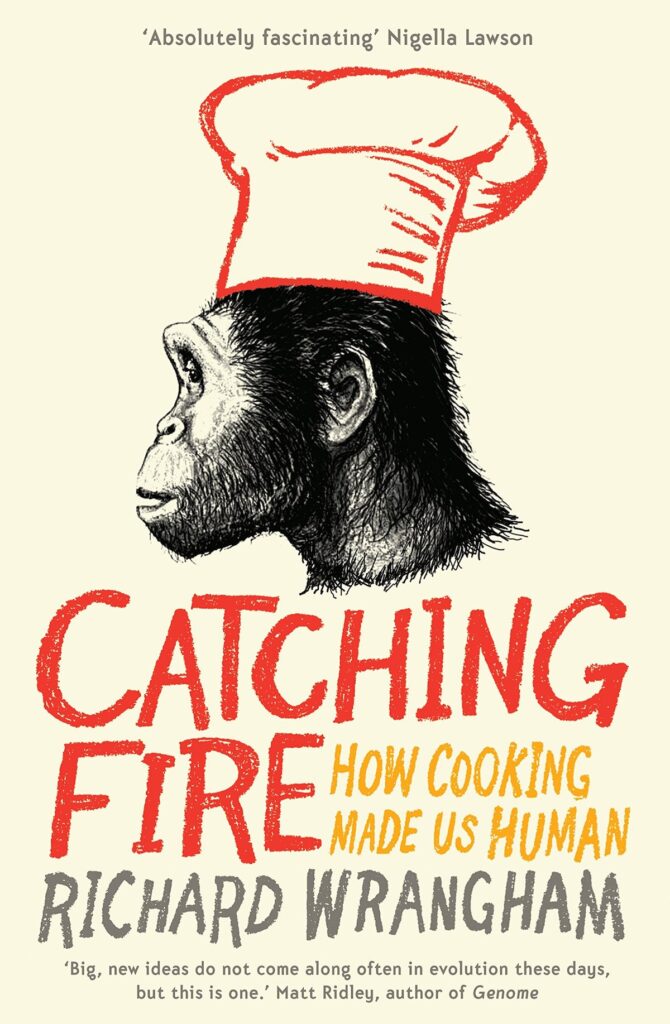
Renowned British primatologist Richard Wrangham’s Catching Fire: How Cooking Made Us Human (2009) is a groundbreaking work pinpointing fire’s role in anthropology. His thesis: humankind’s evolution is primarily due to the shift from raw food to cooked. Once our ancestors could cook food, the digestive tract shrank, and the brain grew. Fire also resulted in new uses of time from hunting to making camp, bonding and a new division of labour.
5 – The non-fiction classic
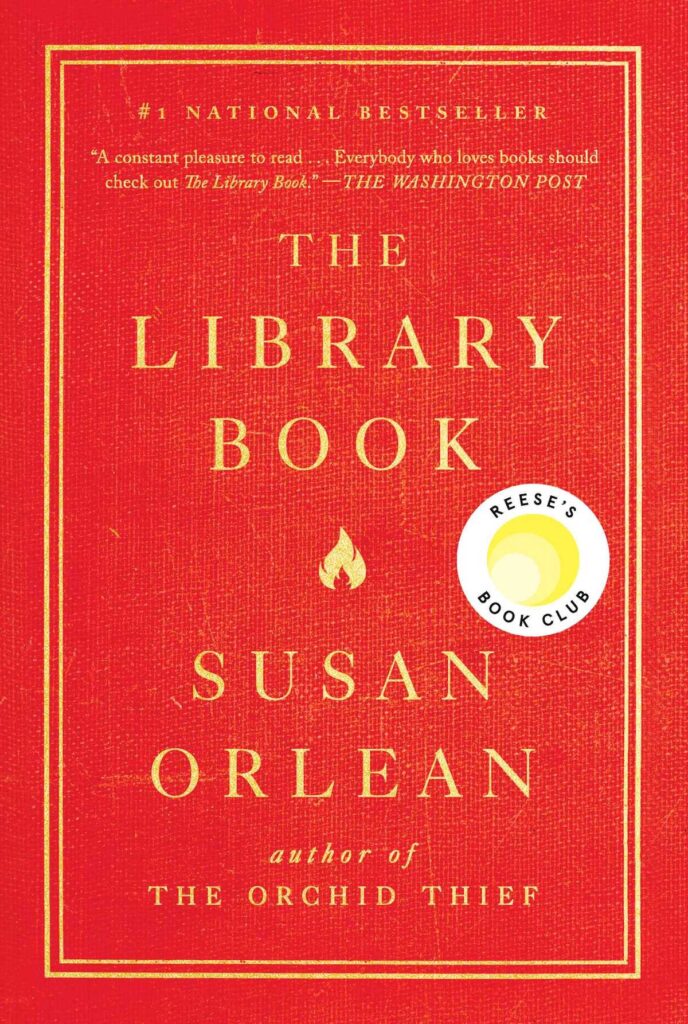
Bestselling author and journalist Susan Orlean’s The Library Book (2018) recounts the 1986 fire at the Los Angeles Central Public Library – the worst of its kind in US history – which consumed 400,000 books. Read it for Orlean’s mesmerising description of the fire (‘feeding itself book after book, a monster snacking on crisps’) and the mystery over what started it, plus tales about libraries, and librarians (including Orlean’s mother and the chief suspect).
6 – The esoteric guide
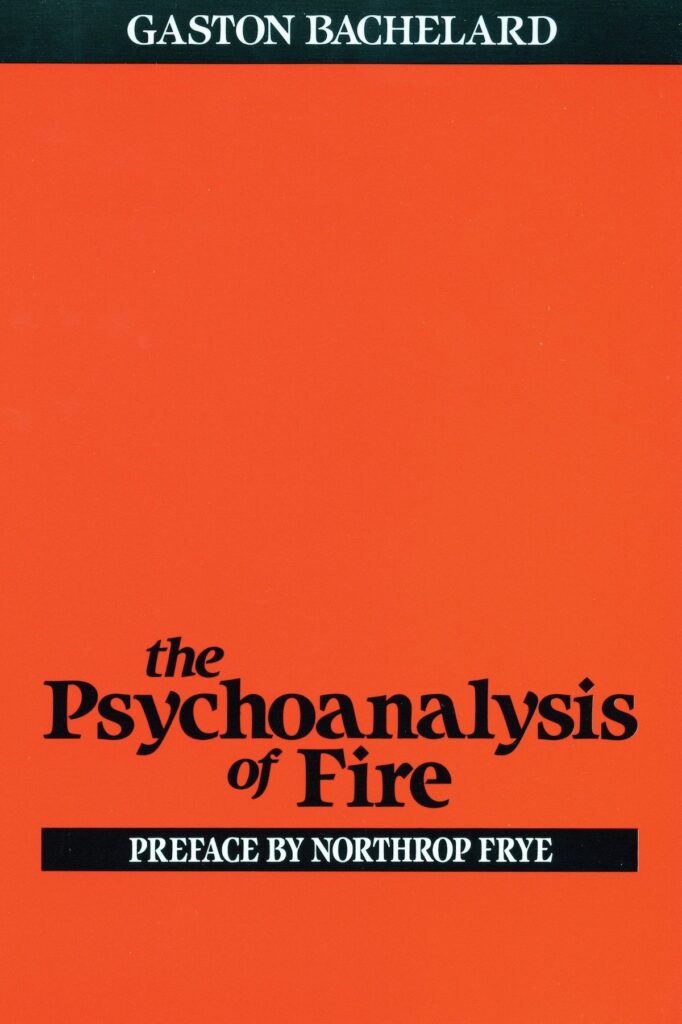
Gaston Bachelard’s The Psychoanalysis of Fire (1938) is the first in a series of works by the philosopher of science exploring the four elements of Greek philosophy. Fusing anthropology and poetry via Prometheus, prehistory and purity, the one-of-a-kind book offers an analysis not of fire but rather of man’s subjective responses to it. Fire, he writes, is a phenomenon ‘where the initial seduction is so compelling that it deforms the most rational minds and leads them to the cradle of poetry, where daydreams replace thought, where poems hide theorems’.
7 – The dystopia
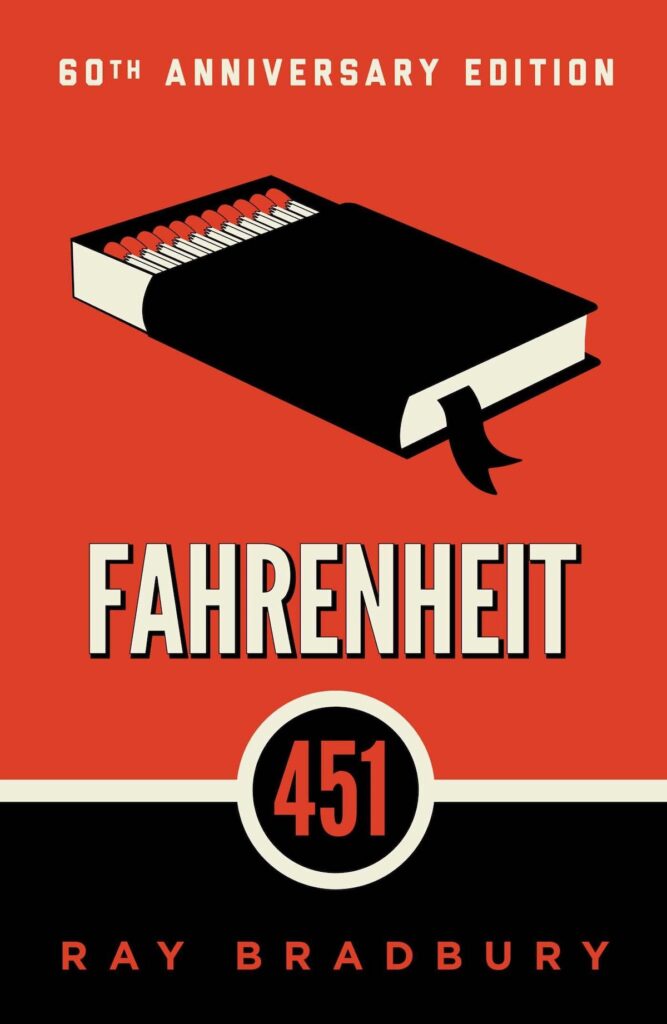
Ray Bradbury’s most famous novel Fahrenheit 451 (1953) is named after ‘the temperature at which book paper catches fire, and burns’, as explained in the tagline. It’s set in America in 2049, in a dystopic society where books are banned, and ‘firemen’ burn any contraband. Lead character Guy Montag is a fireman who becomes disillusioned with censoring literature and commits himself to its preservation. It was later made into a film by François Truffaut.


